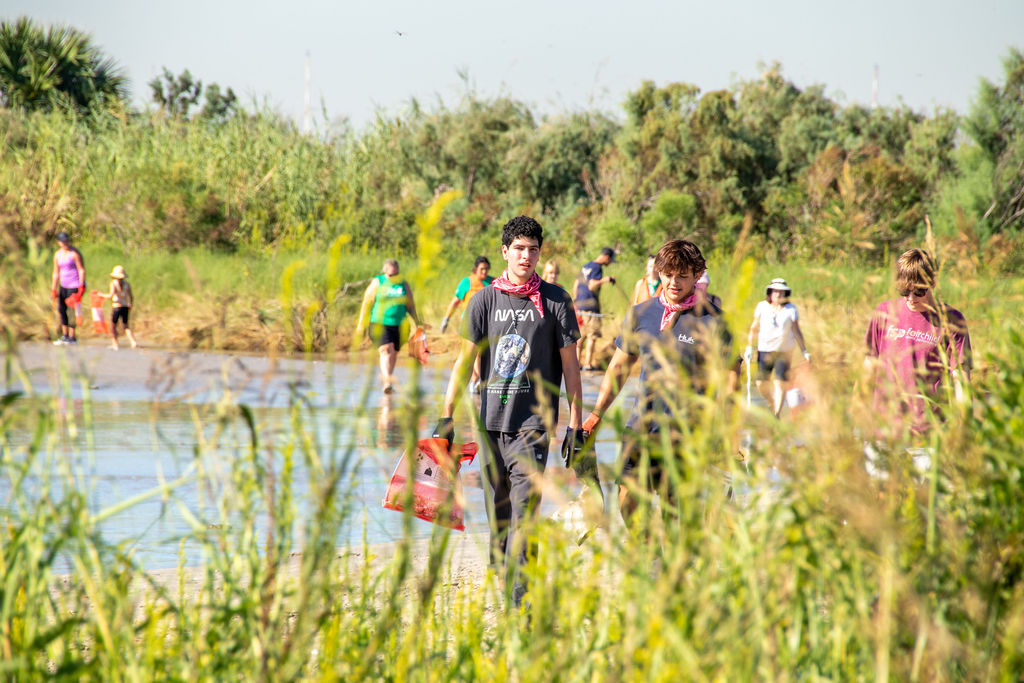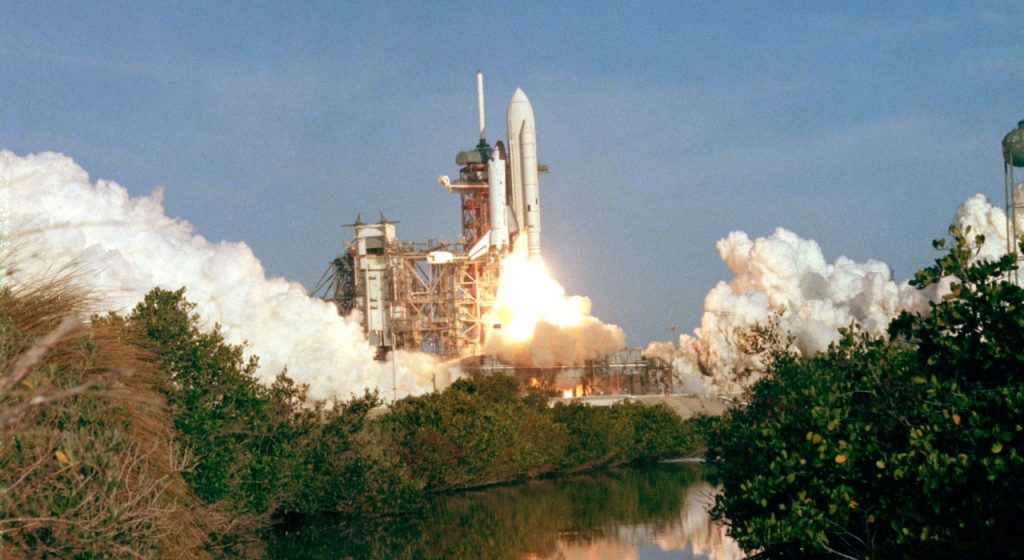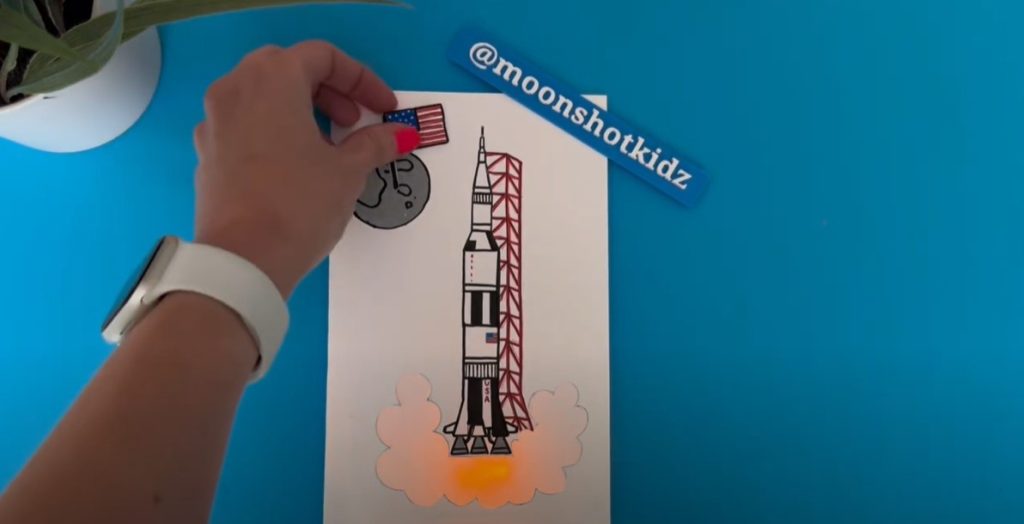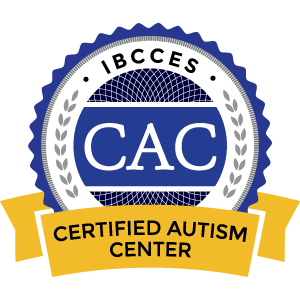
On Feb. 6, astronauts Christina Koch and Luca Parmitano and cosmonaut Alexander Skvortsov returned from the International Space Station.
As part of Expedition 61, this trio contributed to hundreds of experiments in biology, Earth science, human research, physical sciences and technology development. Parmitano and Skvortsov spent 201 days in space, but Koch set her own record.
Koch launched March 14, 2019, spending nearly a year in space. It was the second-longest single spaceflight in NASA history, following only Scott Kelly. That means she also owns the record for the longest single spaceflight by a U.S. woman. She’s now seventh all time on the list of cumulative space time for American astronauts.
Koch completed 5,248 orbits of the Earth and a journey of 139 million miles, roughly the equivalent of 291 trips to the Moon and back. She conducted six spacewalks during 11 months on orbit, including the first three all-woman spacewalks, spending 42 hours and 15 minutes outside the station. She witnessed the arrival of a dozen visiting spacecraft and the departure of another dozen.
As we celebrate 20 years of continuous human habitation of space in the International Space Station, we are highlighting the great work being done in America’s national laboratory. What science did they accomplish while they were up there?
Experiments
The crew of Expedition 61 had a hand in 278 different experiments while on ISS. These can be browsed at this site. The individual experiment sites that can be found there list the science objectives and results (when they have some) as well as a research overview, space and Earth applications and operational requirements.
After the research is processed, these pages also show publications based on the data collected. For some, that means tracking the experiments over multiple expeditions, involves other sponsoring agencies affiliated with the ISS and more.
Here’s a couple examples of the research done by Expedition 61.

3D Biological Printers
While on ISS, the trio conducted experiments with the BioFabrication Facility, which is essentially a 3D printer for biological components.
The experiment set out to use 3D biological printers to produce usable human organs. However, printing the tiny, complex structures found inside human organs, such as capillary structures, has proven difficult to accomplish in Earth’s gravity environment. To overcome this challenge, Techshot designed their BioFabrication Facility (BFF) to print organ-like tissues in microgravity, acting as a stepping stone in a long-term plan to manufacture whole human organs in space using refined biological 3D printing techniques.
The website for the experiment has more details on the steps the astronauts performed, as well as photos of what the printers look like.
Asian Herb investigation

Asian Herb in Space is one project of the Space Seeds for Asian Future program (SSAF). Researchers and students in the Asia-Pacific region grow plants in space aboard the International Space Station (ISS), and compare the plants with those grown on Earth, to learn about the importance of space biology research. This is a simple plant culture experiment for education, training, and basic science. Further, the space-flown seeds are distributed to schools for educational activities in the Asia-Pacific region.
Crew members on future space missions will have to grow plants for food. Asian Herb in Space provides new information on how certain plants grow in microgravity, improving efforts to cultivate fast-growing plants in space.
Asian Herb in Space improves understanding of how plants grow efficiently and develop aroma rich leaves by hydroponic culture. Additionally, this investigation enables sponsoring space agencies in the Asia-Pacific region to build the capability to coordinate and utilize the space environment for research activities.






